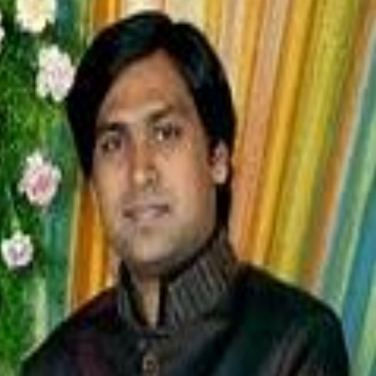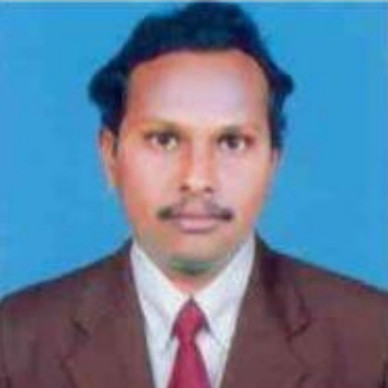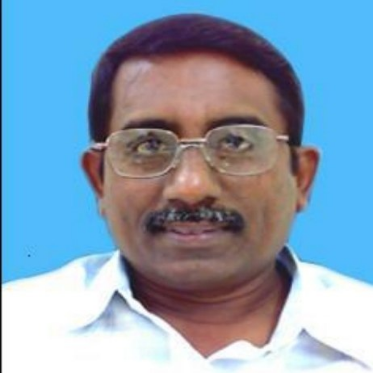International Journal of Image, Graphics and Signal Processing (IJIGSP)
IJIGSP Vol. 6, No. 7, 8 Jun. 2014
Cover page and Table of Contents: PDF (size: 642KB)
OTSU's Thresholding with Back Projection Modeling for Neural Network Data Sets
Full Text (PDF, 642KB), PP.53-60
Views: 0 Downloads: 0
Author(s)
Index Terms
Contours, Neural Networks, Gaussian impulse, Redundant attributes
Abstract
For Tracking interfaces and shapes which depends on the regions of pixel intensity is a challenging task in image segmentation. Many level set methods have been formulated for region based and edge based models in computer aided diagnosis systems. In order to provide accurate modeling involving numerical computations, contours, lesions and bias variance which often rely on pixel intensity variations for the region of Interest. The proposed method involves the formulation by deriving a global criterion function in terms of neighborhood pixels to represent domain field and bias variance characteristics. Gaussian impulse is used for smoothening sharp edges. Computational neural networks provide the integral part of most learning algorithms as images consists of redundant attributes of data which have redundant network connections with different input patterns of small weights form a network training process for minimizing the energy and to estimate the bias field correction for various imaging modalities. The PET and CT images are used as inputs which are affected with cancer; in order to extract the features, proposed method is used for easy diagnosis. The result shows the improved performance with Neural Networks and provides valuable diagnostic information.
Cite This Paper
S.Asif Hussain, D. Satya Narayana, M.N. Giri Prasad,"OTSU's Thresholding with Back Projection Modeling for Neural Network Data Sets", IJIGSP, vol.6, no.7, pp.53-60, 2014. DOI: 10.5815/ijigsp.2014.07.07
Reference
[1]S. Asif Hussain, Dr. M. N. Giri Prasad and Dr. D. Satya Narayana "A novel Feature Selection mechanism for medical image retrieval system" International Journal of Advances in Engineering & Technology(IJAET), Volume 6 Issue 3, pp. 1283-1298, July 2013, ISSN: 2231-1963 DOI:10.7323.
[2]S. Asif Hussain, Dr. M. N. Giri Prasad and Dr. D. Satya Narayana "Superior Reconstruction Quality improvement of CT Image for Bias Correction Variance Measures"-International Journal of Computer Applications 2012- IJCA July 2012 Published by Foundation of Computer Science, New York, USA. , Proceedings in Volume 47 - Number 5 of IJCA July 2012 ISBN: 973-93-80868-79-4 ISSN: 0975 – 888 DOI 10.5120/7185-9918.
[3]S. Asif Hussain, Dr. M. N. Giri Prasad and Dr. D. Satyanarayana "3D Medical Image Modeling with Dynamic Image Reconstruction"- International Journal of Engineering Research and Technology. 2012- IJERT July 2012 Published by International Research Publication House, Proceedings in Volume 5, Number 3 (APRIL 2012), pp. 213-217 ISSN 0974-3154.
[4]Olabarriaga, S.D. and Smeulders, A.W.M., "Interaction in the Segmentation of Medical Images: A Survey",Med. Image Analysis, 5: 127-142, 2001.
[5]Osher, S. and Sethian, J.A., "Fronts Propagating withCurvature Dependent Speed: Algorithms Based onHamilton-Jacobi Formulations", J. Comp. Physics, 79:12- 49, 1988.
[6]P. N. T.Wells and M. Halliwell, "Speckle in ultrasonic imaging," Ultrasonics,vol. 19, pp. 225–229, 1981.
[7]A. N. Evans and M. S. Nixon, "Biased motion-adaptive temporal filtering for speckle-reduction in echocardiography," IEEE Trans. Med.Imag., vol. 15, pp. 39–50, Feb. 1996.
[8]V. Caselles, R. Kimmel, and G. Sapiro, "Geodesic active contours,"Int. J. Comput. Vis., vol. 22, no. 1, pp. 61–79, Feb. 1997.
[9]T. Chan and L. Vese, "Active contours without edges," IEEE Trans.Image.Process., vol. 10, no. 2, pp. 266–277, Feb.2001.
[10]S. Kichenassamy, A. Kumar, P. Olver, A. Tannenbaum, and A. Yezzi,"Gradient flows and geometric active contour models," in Proc. 5th Int.Conf. Comput. Vis., 1995, pp. 810–815.
[11]R. Kimmel, A. Amir, and A. Bruckstein, "Finding shortest paths onsurfaces using level set propagation," IEEE Trans. Pattern Anal.Mach.Intell., vol. 17, no. 6, pp. 635–640, Jun. 1995.
[12]C. Li, C. Kao, J. C. Gore, and Z. Ding, "Minimization of region-scalablefitting energy for image segmentation," IEEE Trans. ImageProcess., vol. 17, no. 10, pp. 1940–1949, Oct. 2008.
[13]R. Malladi, J. A. Sethian, and B. C.Vemuri, "Shape modeling with frontpropagation: A level set approach," IEEE Trans. Pattern Anal. Mach.Intell., vol. 17, no. 2, pp. 158–175, Feb. 1995.
[14]R. Ronfard, "Region-based strategies for active contour models," Int.J.Comput. Vis., vol. 13, no. 2, pp. 229–251, Oct. 1994.
[15]C. Samson, L. Blanc-Feraud, G. Aubert, and J. Zerubia, "A variationalmodel for image classification and restoration," IEEE Trans. PatternAnal. Mach. Intell., vol. 22, no. 5, pp. 460–472, May 2000.
[16]S. Theodoridis and K.Koutroumbas, Pattern Recognition. NewYork:Academic, 2003.
[17]A. Tsai, A. Yezzi, and A. S.Willsky, "Curve evolution implementationof the Mumford-Shah functional for image segmentation, denoising,interpolation, and magnification," IEEE Trans. Image Process., vol. 10,no. 8, pp. 1169–1186, Aug. 2001.
[18]A. Vasilevskiy and K. Siddiqi, "Flux-maximizing geometric flows,"IEEE Trans. Pattern Anal. Mach. Intell., vol. 24, no. 12, pp. 1565–1578, Dec. 2002.
[19]L. Vese and T. Chan, "A multiphase level set framework for image segmentation using the Mumford and Shah model," Int. J. Comput. Vis.,vol. 50, no. 3, pp. 271–293, Dec. 2002.


